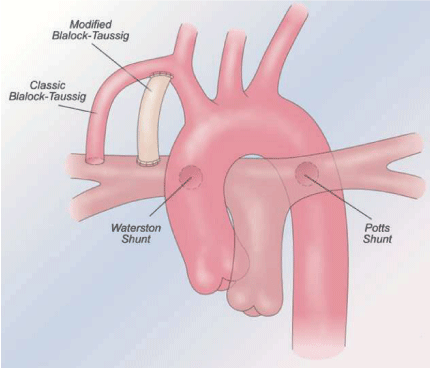- Joined
- Dec 25, 2007
- Messages
- 157
- Reaction score
- 0
We did a radial cath on a patient with Tetralogy of fellow who previously had a B-T shunt (R subclav A to R PA) and Waterston shunt (Asc Ao to main PA). Question that has been puzzling me is why we shouldn't be able to access the Asc Ao via this radial cath
The Subclav A to R PA shunt shouldn't preclude you from entering the arch. The question is why can't you guide the catheter to the arch and down the descending Aorta.
I have looked at the B-T shunt in Netter's but I am still puzzled. Can anyone explain this to me?
The Subclav A to R PA shunt shouldn't preclude you from entering the arch. The question is why can't you guide the catheter to the arch and down the descending Aorta.
I have looked at the B-T shunt in Netter's but I am still puzzled. Can anyone explain this to me?

